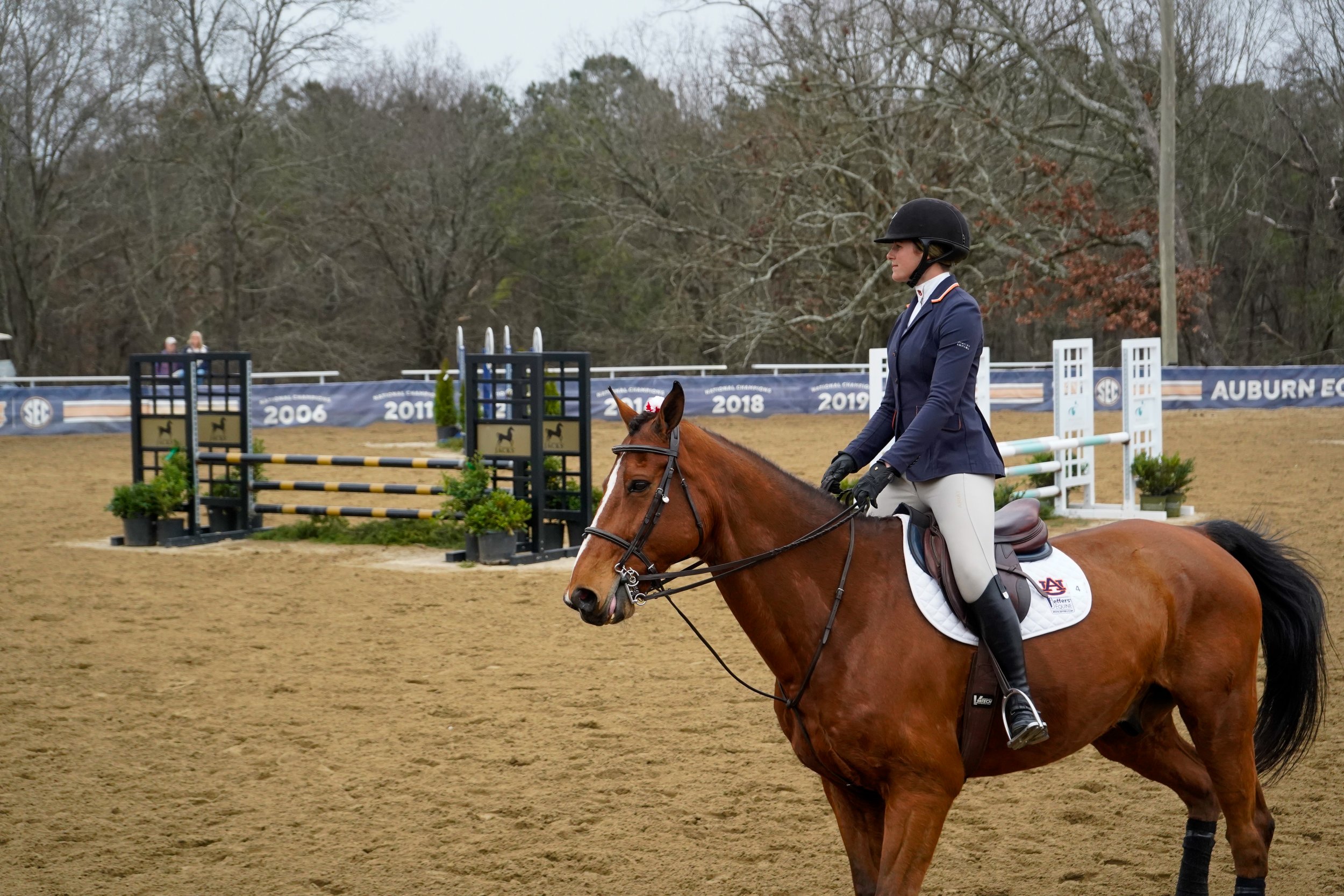Pianos and Their NOTE-Worthy History

On the 88th day of each year, a national day celebrates the so-called “king of musical instruments.” This instrument with 88 notes (hence it’s a celebration on the 88th day of the year- March 29th) is known as the piano. The piano’s history is more than black and white. Its century-encompassing history is truly fascinating and NOTE-worthy.
The piano has two NOTE-worthy ancestors known as the clavichord and the harpsichord that lead to its creation.
The Clavichord was invented in the 1300s because of one problem. The pipe organ, invented in 3rd century Greece and commonly seen in churches, was too big to fit in houses, prohibiting many who wanted to play the instrument from actually playing it. European inventors in the 14th century tried to shrink the organ, but it proved difficult, so they started from scratch. While taking some ideas from the organ, they opted to use strings instead of pipes.
The clavichord is a rectangular box with strings and 49 to 61 keys inside. Most clavichords have 2 or 3 notes for every string, which means you can’t play certain notes together, like the frets of a guitar. This influenced the peppy style of music that was written for the instrument. Adding to the style was the way the music was produced. When pressing down on a key, a small metal bar called a “tangent” will rise and hit the string in a specific location causing the string to vibrate, echo off the board, and resemble a sound similar to that when you play the gittern- a medieval-style guitar. With fewer strings, the clavichord is easier to tune and puts less tension on the soundboard, allowing the sound to carry. However, the sound from the clavichord is still quite small. It was not meant to be a public instrument, but a private one to be played alone or for the listening pleasure of a small number of your BFFs. Because of the sound and note limitations of the clavichord, advancement was needed. Hence, the harpsichord.
The Harpsichord was invented in the 1400s and was made bigger and louder than the clavichord. Most harpsichords have 2 rows of notes to allow for more notes. Unlike the clavichord action of striking the string, the harpsichord plucks the string, just like you might do on a guitar. When pressing down a note, it pushes up a bar holding a sort of flexible guitar pick, called a “plectrum.” This makes the instrument sound more like a modern-day guitar. Harpsichords had the ability to play every note together, but still presented a lack of volume. Hence, the 18th century piano
The 18th century piano was invented by Bartolomeo Cristofori and included 58 notes. It was originally named piano forte, which is Italian for soft loud, before being shorted to piano. In an effort to increase the volume, he switched the plucking mechanism with a hammer. When pressing down a key, a deer-skinned hammer rises and strikes the string. Like what came before it, the string vibrates causing the soundboard to vibrate and create a musical note. Depending on the intensity and quickness of how you press down on the keys, it causes the hammers to rise slower or faster allowing for volume differences in notes. An interesting fact about the 1700s piano was the introduction of the pedal. The pedals weren’t at your feet, but instead were at your knees. To sustain the notes, you would lift your right knee and press on the right pedal. To make the notes more muted and muffled, sounding like a harp, you would raise your left knee and press on the left pedal. This is the piano that the famous Wolfgang Amadeus Mozart and the young Ludwig van Beethoven knew. Speaking of Beethoven, as he grew older, he began to lose his hearing. He still wanted to play piano, but the piano of the 18th century just wasn’t loud enough. Hence, the modern-day piano.
The modern-day piano is the Ferrari of what came before it; it’s bigger, it’s shinier, and it’s louder. The 18th century piano was improved by a Scottish fellow by the name of John Broadwood as a gift to Beethoven so he could continue to hear the piano as he played. Thirty notes were added resulting in the magnificent 88, the high-gloss black wood exterior was added, the inner wood frame of the 18th century piano was switched out for metal, and the wood bottom was switched with a full cast-iron plate. The metal frame as well as the improvement of the felt hammers and the mechanisms creates a much smoother sound. A fun fact about the piano is that because of the metal frame, it can support 30 tons of pressure inside. Basically, you don’t want to drop it off the stage or else it will implode.
Over the years, the piano has developed from the organ, to the harpsichord, to the clavichord, to the piano forte, to the modern grand piano, and continues to evolve into the upright piano, allowing for more people to enjoy the piano within their home, more percussive instruments such as the marimba, glockenspiel, and the xylophone, and the electronic keyboard as the invention of electricity has advanced to where it is today.
As you can see, the history of the piano is truly NOTE-worthy. Happy National Piano Day!
Be Well, Auburn.
Nathan was born and raised in Pearland, Texas after his parents evacuated New Orleans due to Hurricane Katrina. Except for a few distant cousins, Nathan and his twin brother are the first in their family to attend Auburn, with the entirety of his family being LSU alum. Nathan immediately fell in love with Auburn and began searching for ways to get involved on campus.
Nathan is a freshman majoring in Architecture and plans to minor in Marketing. When he isn’t in the Architecture studio constructing masterpieces till 2 A.M., you can find him running on campus, exploring nature, watching movies in his dorm room, or playing piano, guitar, or marimba.
In the years following graduation, Nathan plans to become a licensed architect and work at a firm in Texas or the Southeast. He hopes to improve low-income housing and create a more walkable city environment.










